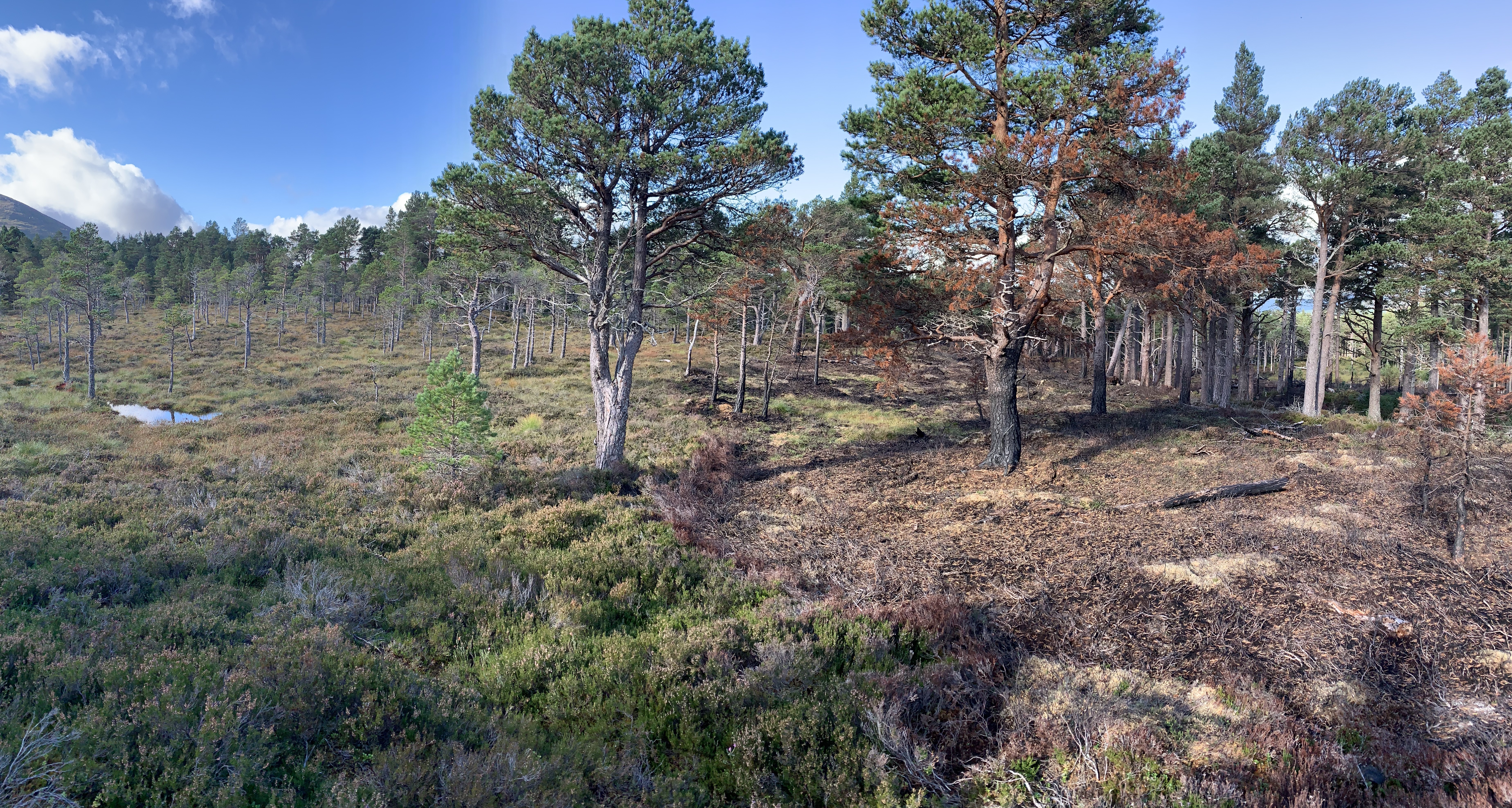
How will ecosystems respond to global changes and what role can they play in mitigating climate change?
The Pellegrini lab, in the Department of Plant Sciences at the University of Cambridge, focuses on understanding the fundamental science of carbon cycling and how it will respond to global change. To do so, we combine field experiments across the globe with models to understand the underpinning mechanisms controlling carbon storage and ecosystem functioning. We have three core areas of research:
- Applied carbon science: Working to understand how changes in human behavior and ecosystem management can influence carbon sequestration in landscapes. This includes: Mapping carbon emissions using data syntheses and life cycle analyses of agricultural products. Developing carbon credit verification schemes for soil organic matter via state-of-the-art models. Optimising nature-based climate solution schemes in savanna-grasslands using experiments.
- Applied ecology: Testing how ecosystems and their capacity to store carbon respond to shifting disturbance regimes. This includes: Remote sensing of forest recovery following wildfire in the United States using high-resolution imagery from the 1980s to present day. Peatland carbon emissions after fires and draining using data syntheses and remote sensing. Agricultural-driven depletion of soil organic matter in cultivated peatlands using a network of farming sites in the United Kingdom.
- Fundamental ecology: Using field experiments to determine how ecosystems will respond to global change. Multi-site research network of fire-manipulation experiments to gain insight into the generalities and peculiarities of fire effects on ecosystem functioning. Plant functional trait measurements to link shifts in plant communities with changes in ecosystem functioning.
News
New paper in Nature Climate Change showing that the potential for storing carbon in soils under altered fire regimes can be greatest in dryland ecosystems, highlighting the key services these ecosystems provide. https://www.nature.com/articles/s41558-023-01800-7
1.5 million euro grant from the European Research Council to study how soils can be used to offset climate change. We aim to understand how fire management can impact soil carbon sequestration at the global scale using experimental tests of underlying mechanisms, development of process-based models, and implementation of our findings into an active carbon-credit marketplace. https://www.plantsci.cam.ac.uk/news/modelling-future-soils-worlds-savanna-grasslands
New paper in Nature Geoscience on a review of recent advances to illustrate that fire-driven changes in decomposition, mediated by altered soil organic matter stability, are an important compensatory process offsetting declines in aboveground biomass pools. https://www.nature.com/articles/s41561-021-00867-1
New paper published in Nature Ecology and Evolution using global network of decadal fire manipulations to demonstrate strong effects on tree basal area, stem densities, and plant nutrient use and acquisition strategies. Free access: https://rdcu.be/cfPjH and text link: https://www.nature.com/articles/s41559-021-01401-7
See news coverage in The Guardian and University of Cambridge and general coverage here of our research.
New paper published in Ecological Monographs demonstrating how repeated burning can reduce soil carbon and nitrogen storage and turnover. Measuring extracellular enzymes revealed that fire does not affect all aspects of decomposition equally however, with disproportionate reduction in the acquisition of nitrogen and labile carbon sources. https://esajournals.onlinelibrary.wiley.com/doi/abs/10.1002/ecm.1409
Global scope: Our work spans many ecosystems across the globe to try to ascertain generalities in how ecosystems respond to fire, but also using natural variability as a platform to test hypotheses around mechanisms.
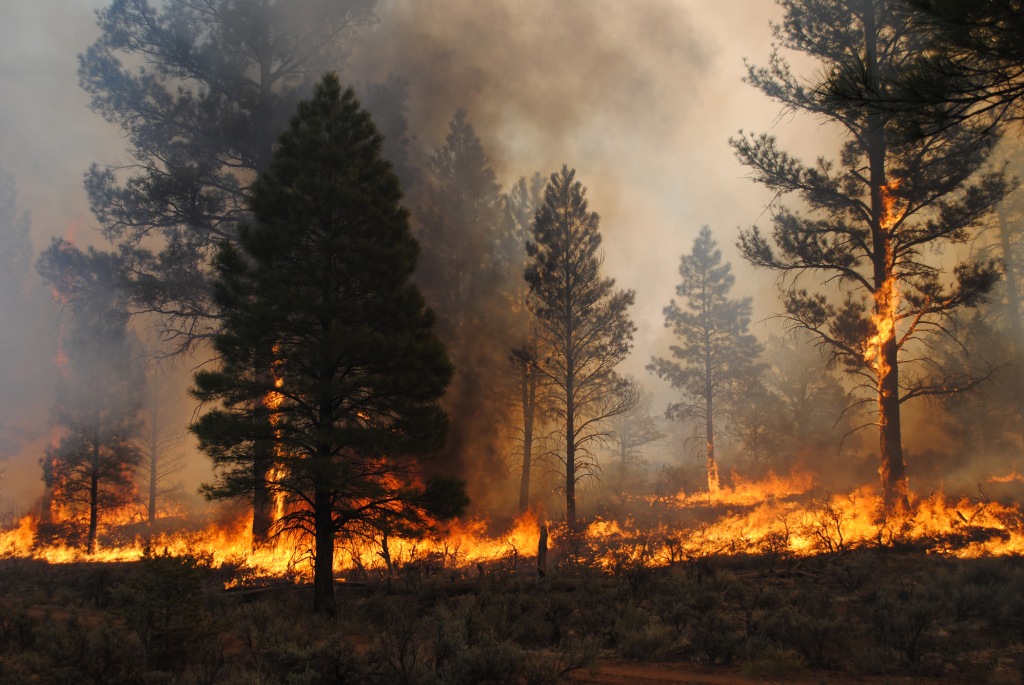
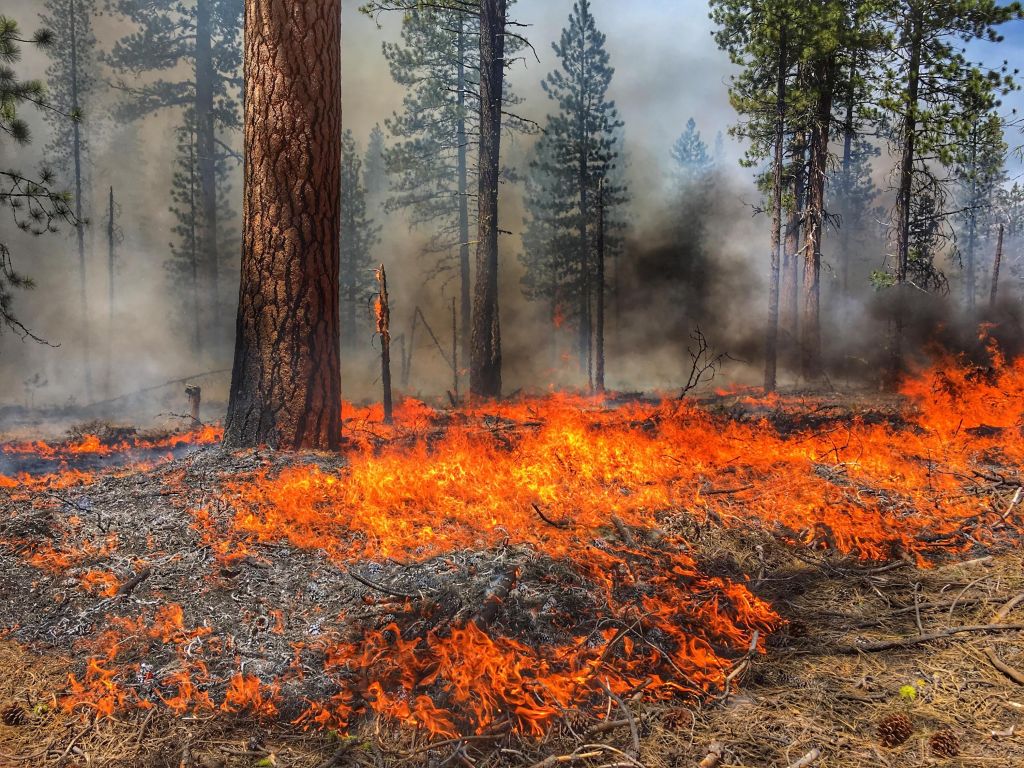
African savannas: perhaps nowhere else in the world are ecosystems changing more rapidly than in African savannas. Rapidly changing animal populations due to poaching and fire occurrences due to human population expansion are modifying the landscape tremendously. We study a series of fire manipulation experiments in Kruger National Park to understand how changing fire regimes will affect ecosystems.
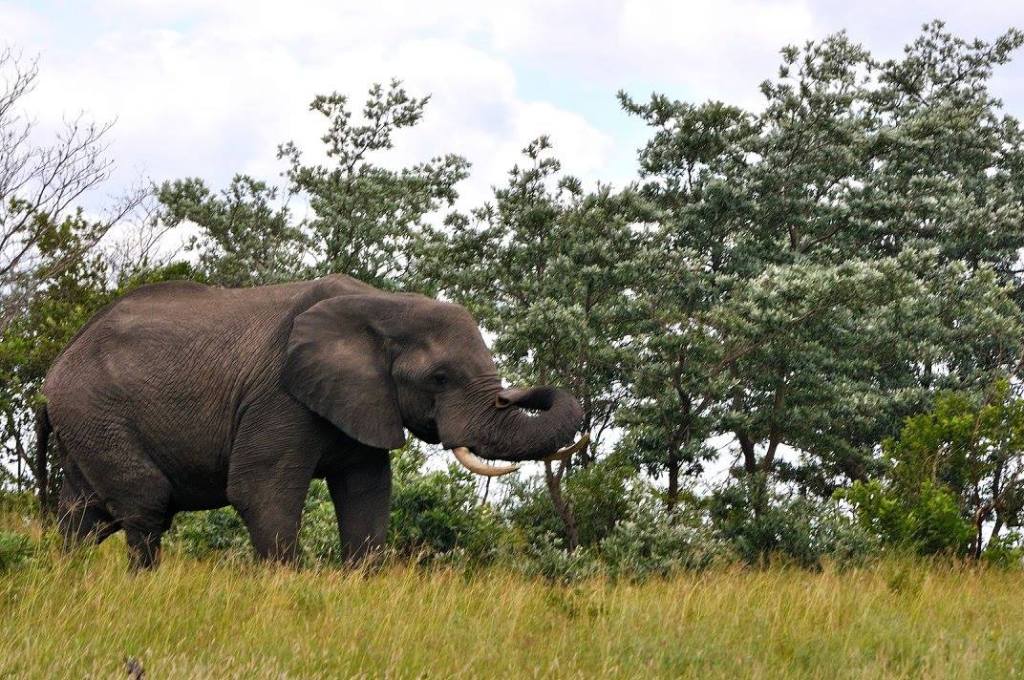
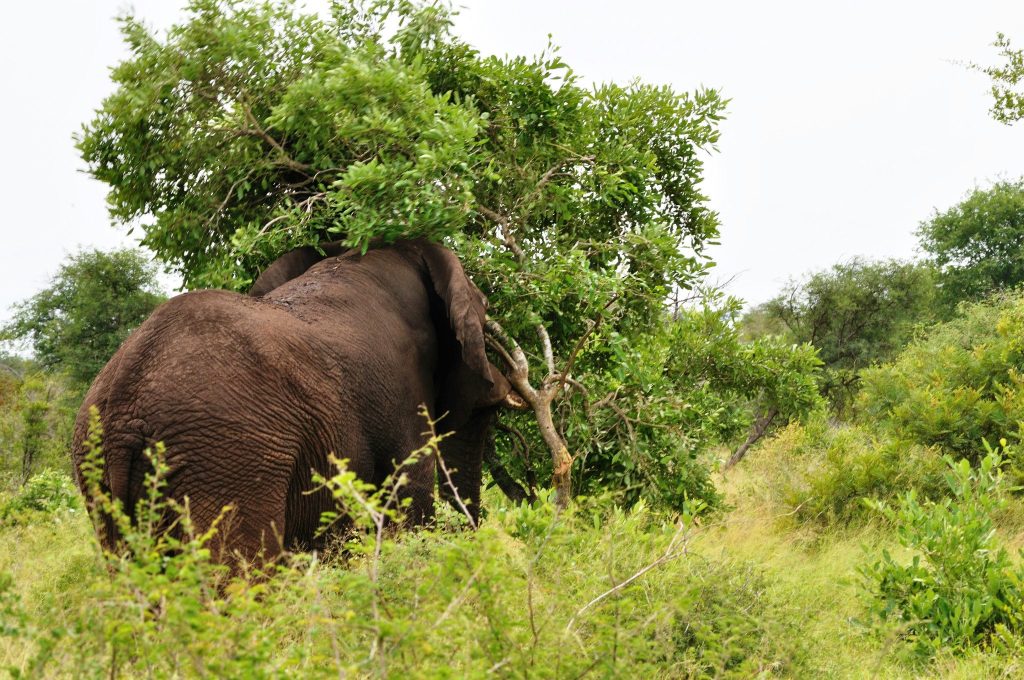
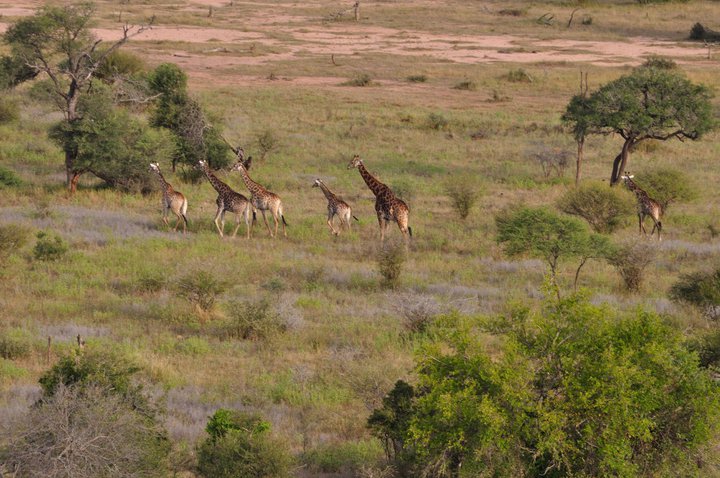
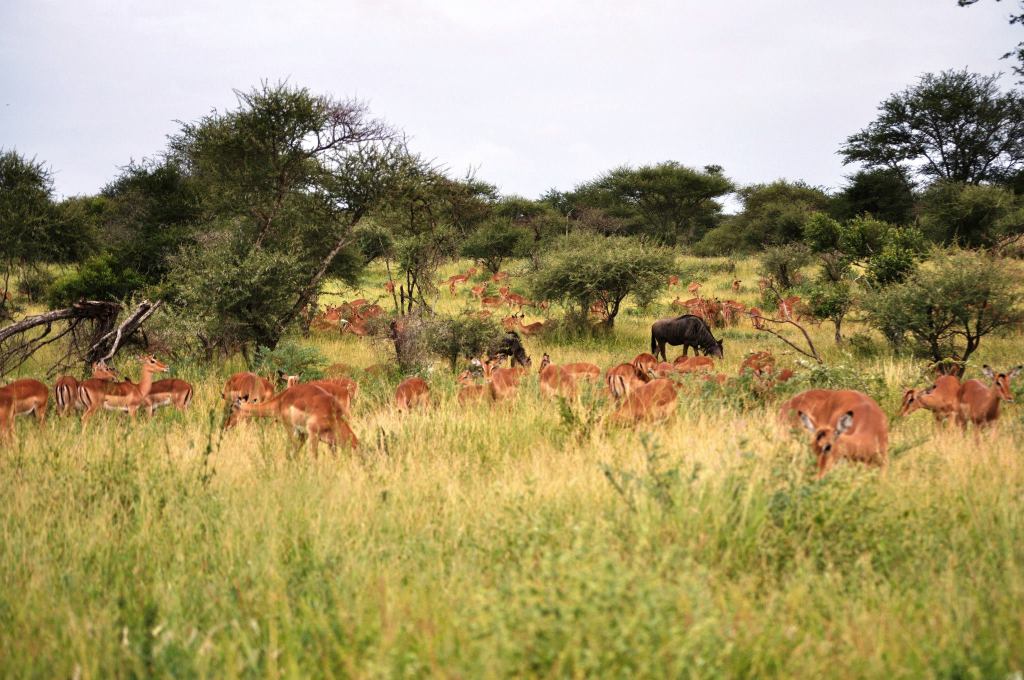
South American savannas: wetter than their African counterparts, savannas in the Neotropics receive extraordinary amounts of rainfall, yet still maintain an open and grassy ecosystem, largely due to low soil fertility and frequent burning. Fire activity is rapidly changing in Brazil, potentially threatening biodiversity and changing biogeochemical cycling. Here we also study fire experiments in the Brazilian Cerrado and have established a nutrient fertilization experiment.
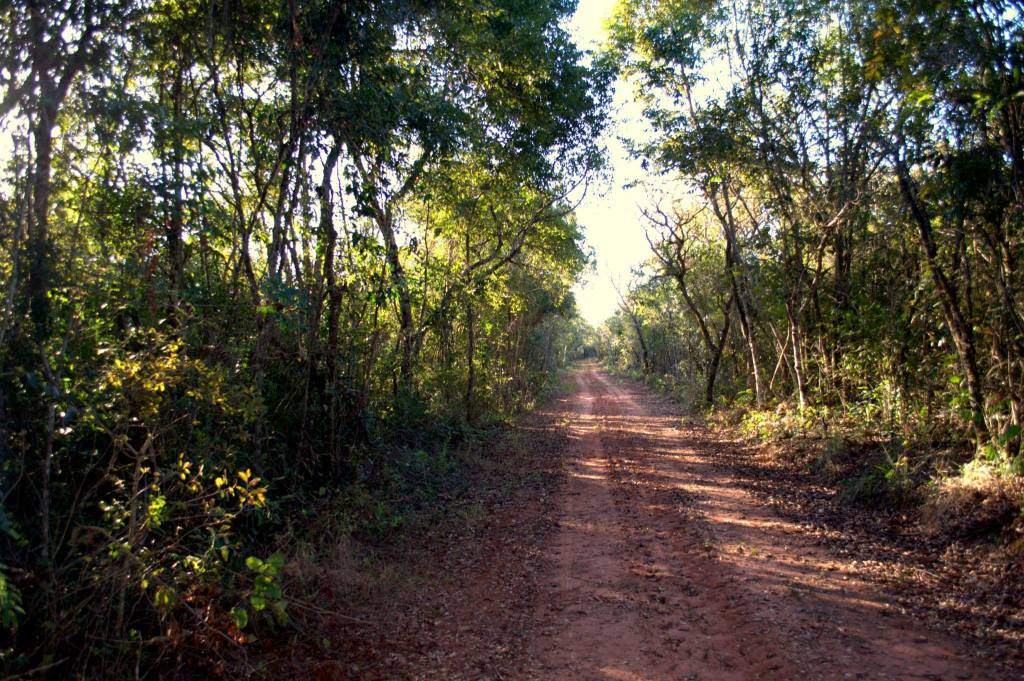
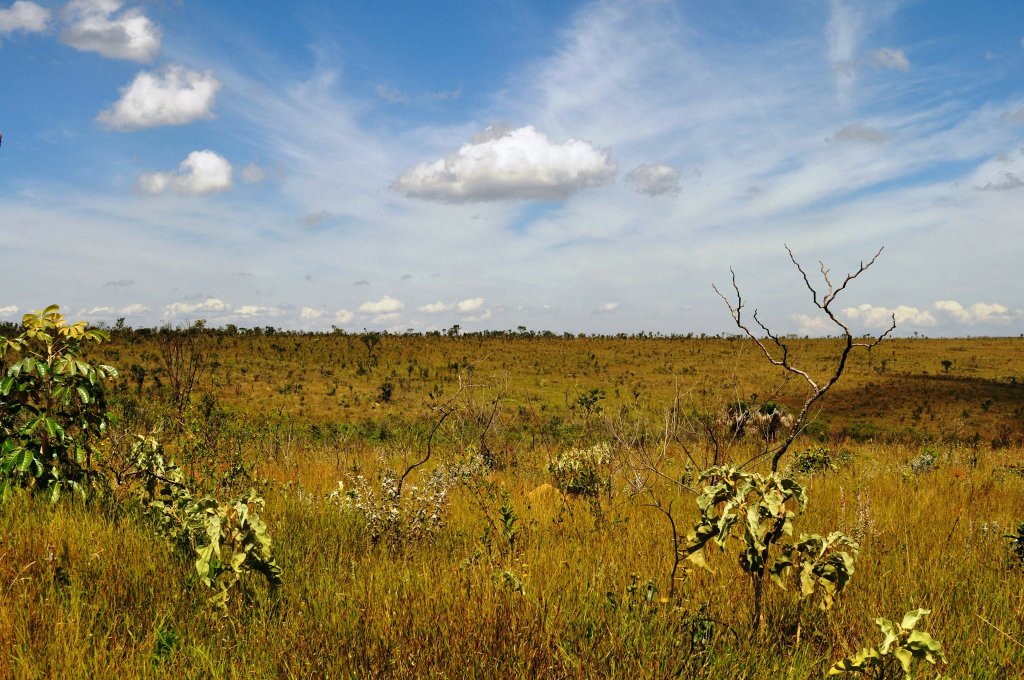
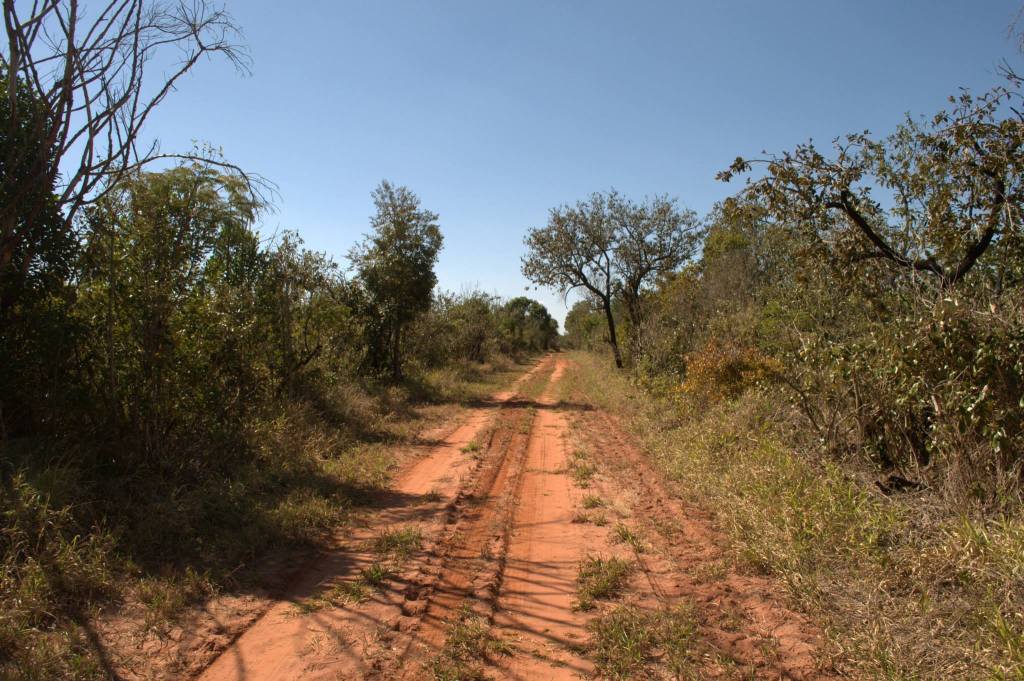
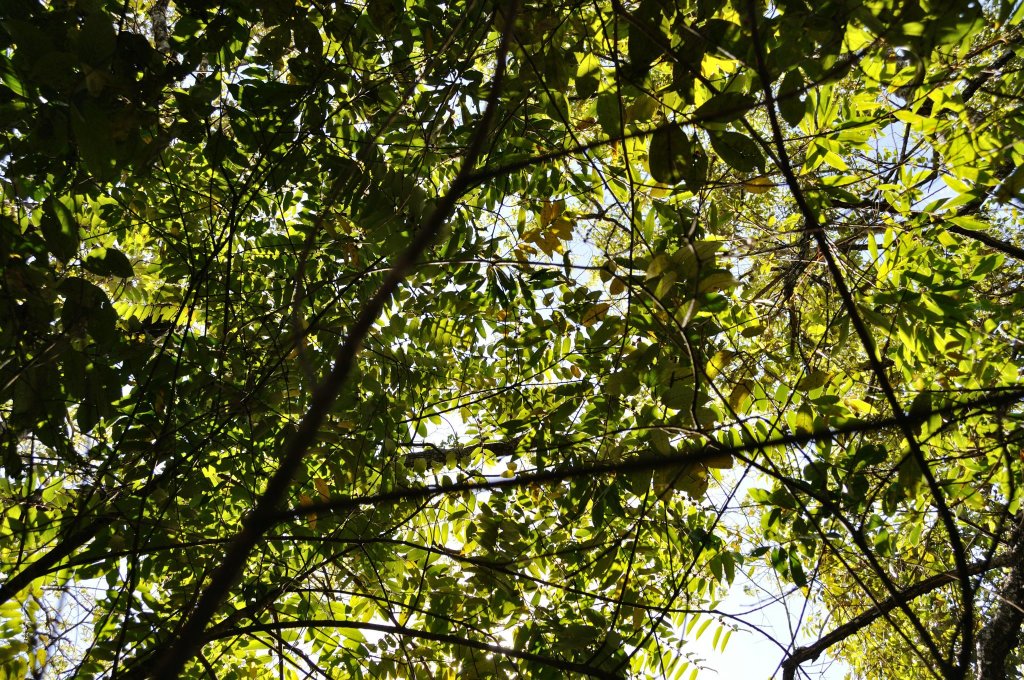
Forests in the western United States: Much of the burned area in the United States occurs in western forests dominated by coniferous vegetation, which presents a stark but useful contrast to the response of tropical savannas. Here we work on fire manipulation experiments located in Sequoia and Kings Canyon National Park and different experimental forests outside of Flagstaff Arizona.
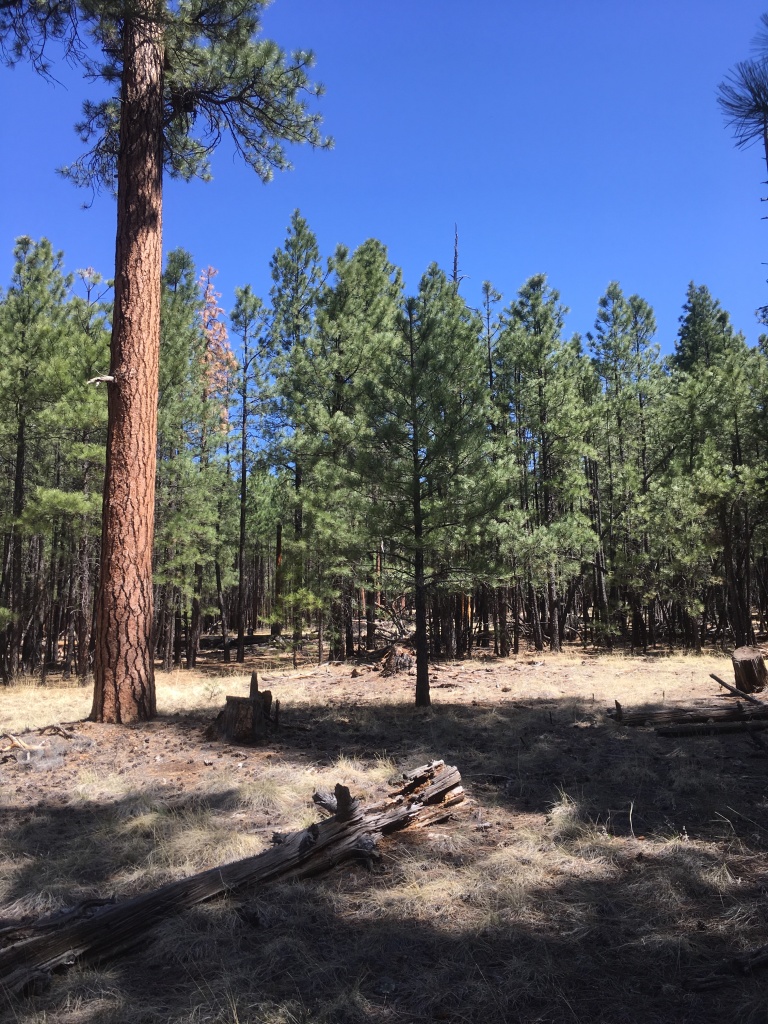
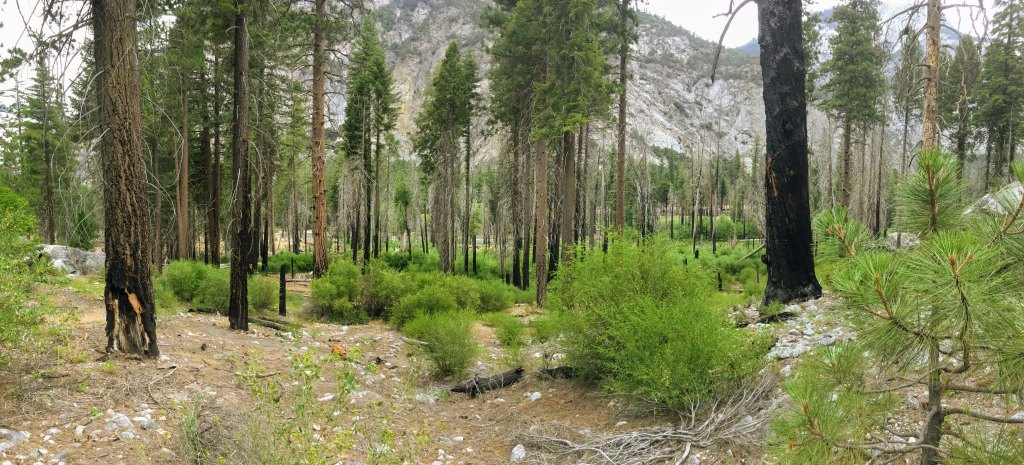
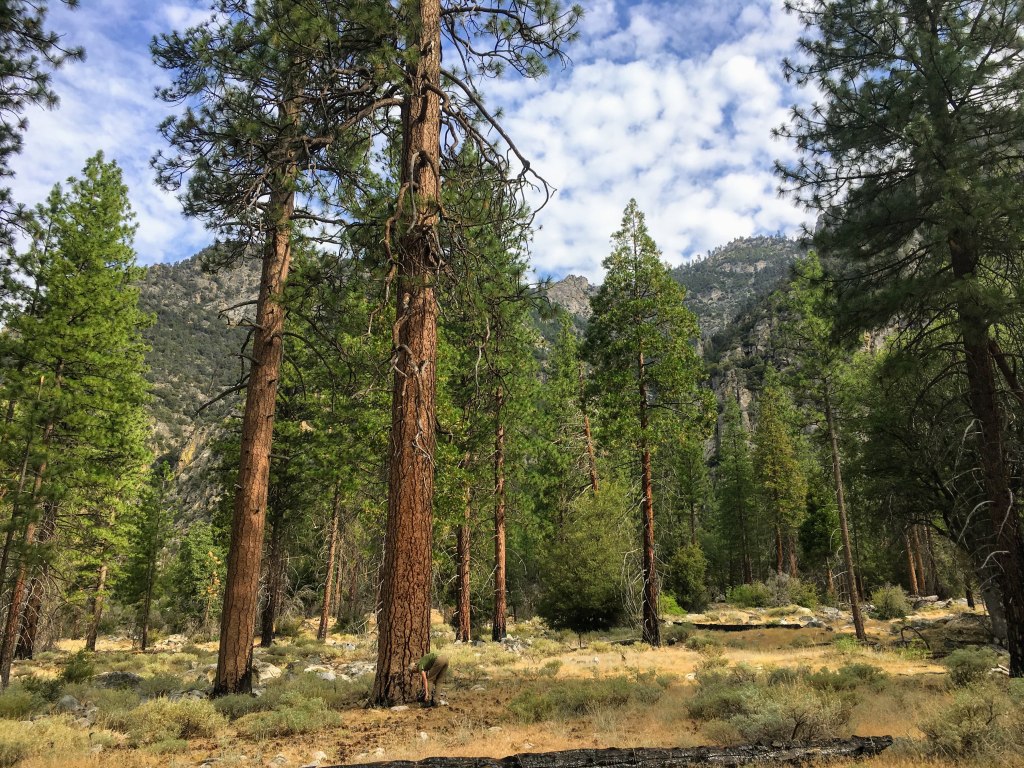
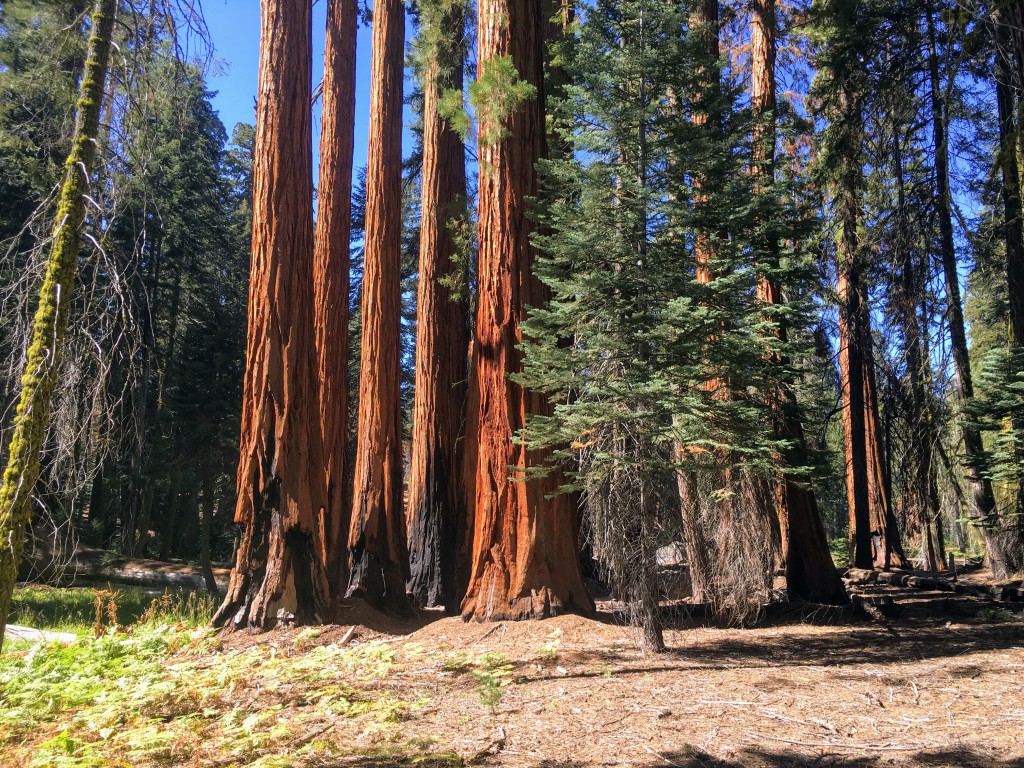
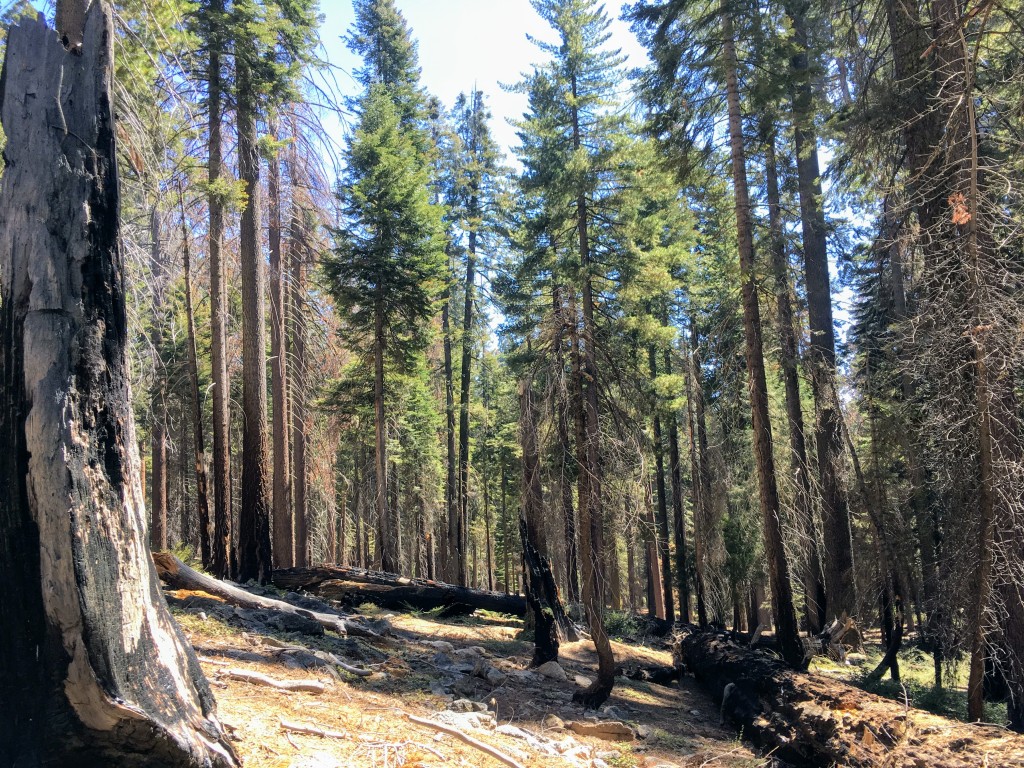
Selected publications:
Pellegrini, AFA, et al. (2023) Soil carbon storage capacity of drylands under altered fire regimes. Nature Climate Change in press https://www.nature.com/articles/s41558-023-01800-7
Pellegrini, AFA, et al. (2022) Fire effects on the persistence of soil organic matter and long-term carbon storage. Nature Geoscience 15.1 (2022): 5-13. https://www.nature.com/articles/s41561-021-00867-1
Pellegrini, AFA, et al. (2021) Low‐intensity frequent fires in coniferous forests transform soil organic matter in ways that may offset ecosystem carbon losses. Global Change Biology, doi.org/10.1111/gcb.15648 https://onlinelibrary.wiley.com/doi/abs/10.1111/gcb.15648
Pellegrini, AFA, et al. (2021). Disease and fire interact to influence transitions between savanna–forest ecosystems over a multi‐decadal experiment. Ecology Letters, doi.org/10.1111/ele.13719 https://onlinelibrary.wiley.com/doi/full/10.1111/ele.13719
Pellegrini, AFA, et al. (2021). Decadal changes in fire frequencies shift tree communities and functional traits. Nature Ecology & Evolution, 5(4), 504-512 https://www.nature.com/articles/s41559-021-01401-7
Pellegrini, AFA, et al. (2021) Repeated fire shifts carbon and nitrogen cycling by changing plant inputs and soil decomposition across ecosystems. Ecological Monographs, doi.org 10.1002/ecm.1409 https://esajournals.onlinelibrary.wiley.com/doi/abs/10.1002/ecm.1409
Pellegrini, AFA, et al.. Fire frequency drives decadal changes in soil carbon and nitrogen and ecosystem productivity. Nature, 2018, 553: 194-198. www.nature.com/articles/nature24668
Pellegrini, AFA, et al.. Convergence of bark investment according to fire and climate structures ecosystem vulnerability to future change. Ecology Letters, 2017, 20: 307-316
onlinelibrary.wiley.com/doi/10.1111/ele.12725/full
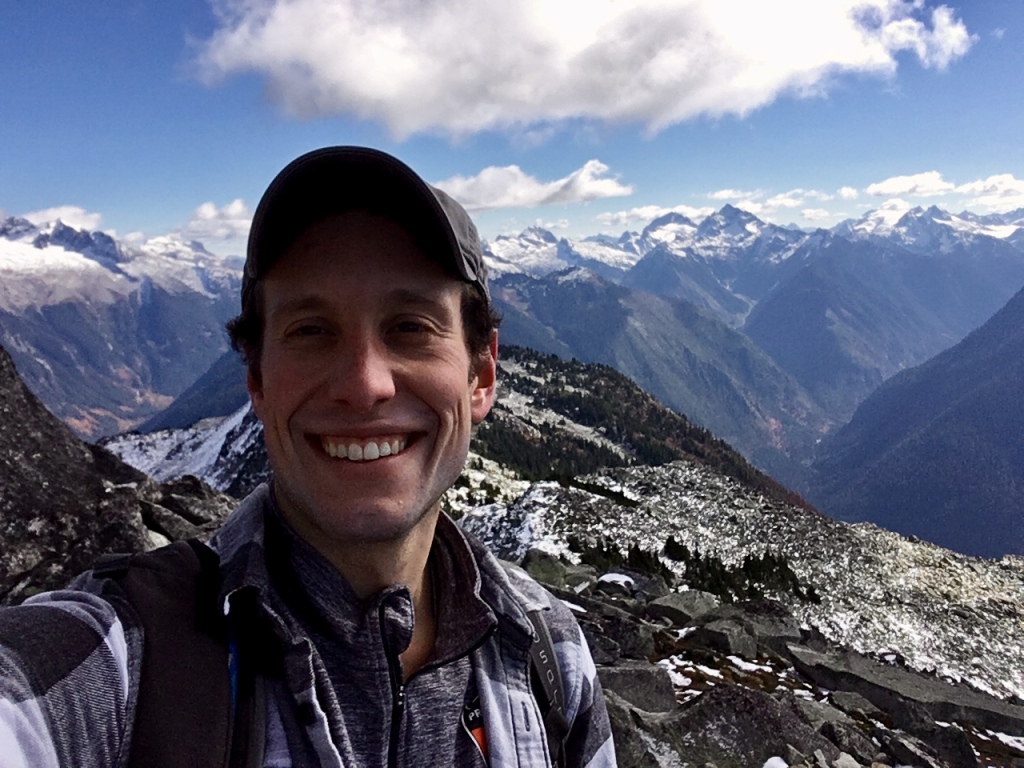
Contact me: Adam Pellegrini afapellegrini@gmail.com
ap2188@cam.ac.uk